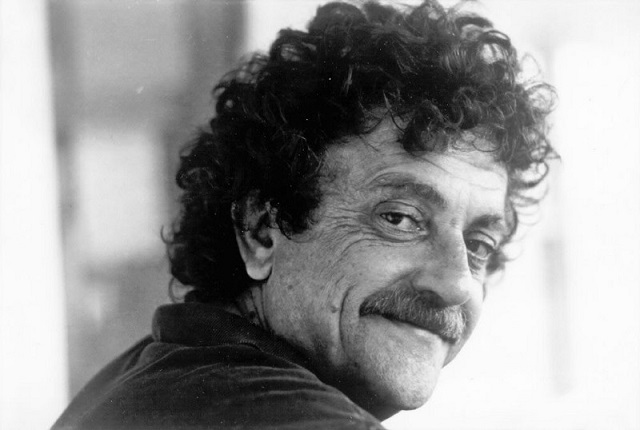Writing Update

Scenes Arranged: 9
Total Scenes: 99!
Yesterday was a good writing day. I made it through 2 1/2 of the points I needed to hit in the second Eighth leaving only 2 1/2 to go. We’ll see how quickly I can work through those. Then it’s the First Plot Point, the Key Event, itself. I’m really excited about it and can’t wait to lay those scenes out. Things are really going to pick up after that.
Reading Update

Vengeful: 63%
Perelandra: 60%
And what’s the converse to having an excellent writing day? A lackluster reading day. Nothing read, nothing listened. Today I’ve got some time blocked off for it, though, so those numbers should improve tomorrow.
Personal Update

That’s how I often feel with work these days. Things ARE progressing, it’s just a two-steps-forward-one-step-back kind of deal. Rework is something I despise, but it’s definitely a fact of life for now. That said, I’m grateful for my job and when I’m neck deep in analysis, I love it. In addition, when I’m guiding the team and helping my peers be successful, I love it. What I said to my wife yesterday is that it would just be nice if new asks were added to the BOTTOM of the list instead of the top. We’ll get there.
Discussion Topic
My Thoughts on Advice from Kurt Vonnegut that Every Writer Needs to Read
Advice Tip #4

Today’s post continues my series reviewing some of the advice offered by famed author Kurt Vonnegut. Yesterday we covered Tip #3: Every character should want something, even if it is only a glass of water and how motivation is so important and changing your mindset to focus on that will improve scene writing substantially.
Now we look at Tip #4: Every sentence must do one of two things: reveal character or advance the action. This ties in with the tip about motivation in that everything that is done in a story is done for a reason so everything written in the story should be the doing or the reason. I figured this out at a higher level a few years ago when I was reading Darkness Brutal by Rachel A. Marks. That book was so well-composed that it felt like something was happening on every page.

And then it hit me.
Something SHOULD happen on every page. Vonnegut’s advice here extends that to the molecular level in that something should happen in every sentence. Further, those things happening only take one of two forms: character or action.
The Pro Writing Aid article made an excellent point here because the first argument against this advice is descriptive paragraphs, especially when describing setting. Oftentimes authors, myself included, will go on for a paragraph or two (or in my worst case several pages) describing a setting. In my case, it was a city. My problem was that the description was sterile. It was what was actually there and actually happening. If a piece of the setting is exceptionally important to a scene or a story, spend a moment on it, but even then, setting should be conveyed in such a way as to adhere to the advice in this tip. Setting is a place, a thing so to speak, so it can’t BE action. That means it has to reveal character.
How, you ask? Through the lens of the POV character. V.E. Schwab is exceptional at this and I never realized it until reading through this advice. Color the description with the character’s thoughts, opinions, or, best yet, their emotions. Not only will that reveal the character of whoever is being used as a lens, but it will also be storytelling within the story you’re telling. That will engage your reader further, draw them deeper into your world, and get them to turn the pages.
I was NOT good at this in Book 1, but with this newfound knowledge, I intend to make it happen throughout Book 2. There are a third more settings in this book than the last and that number is only going to increase as I nail down these scenes. If I want them to be as magical, transportive, and memorable as they are to me, I have to give them context. That context is the character.

May the tide carry you to safer shores.
BSG
